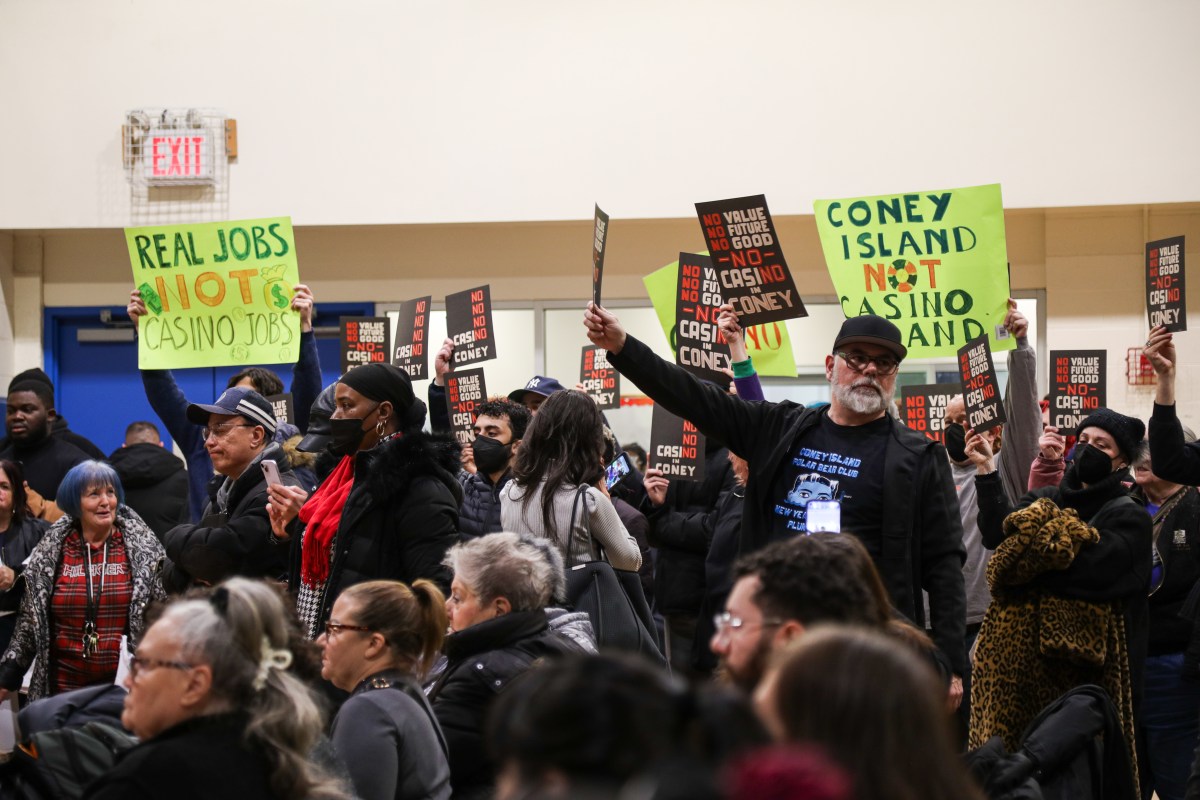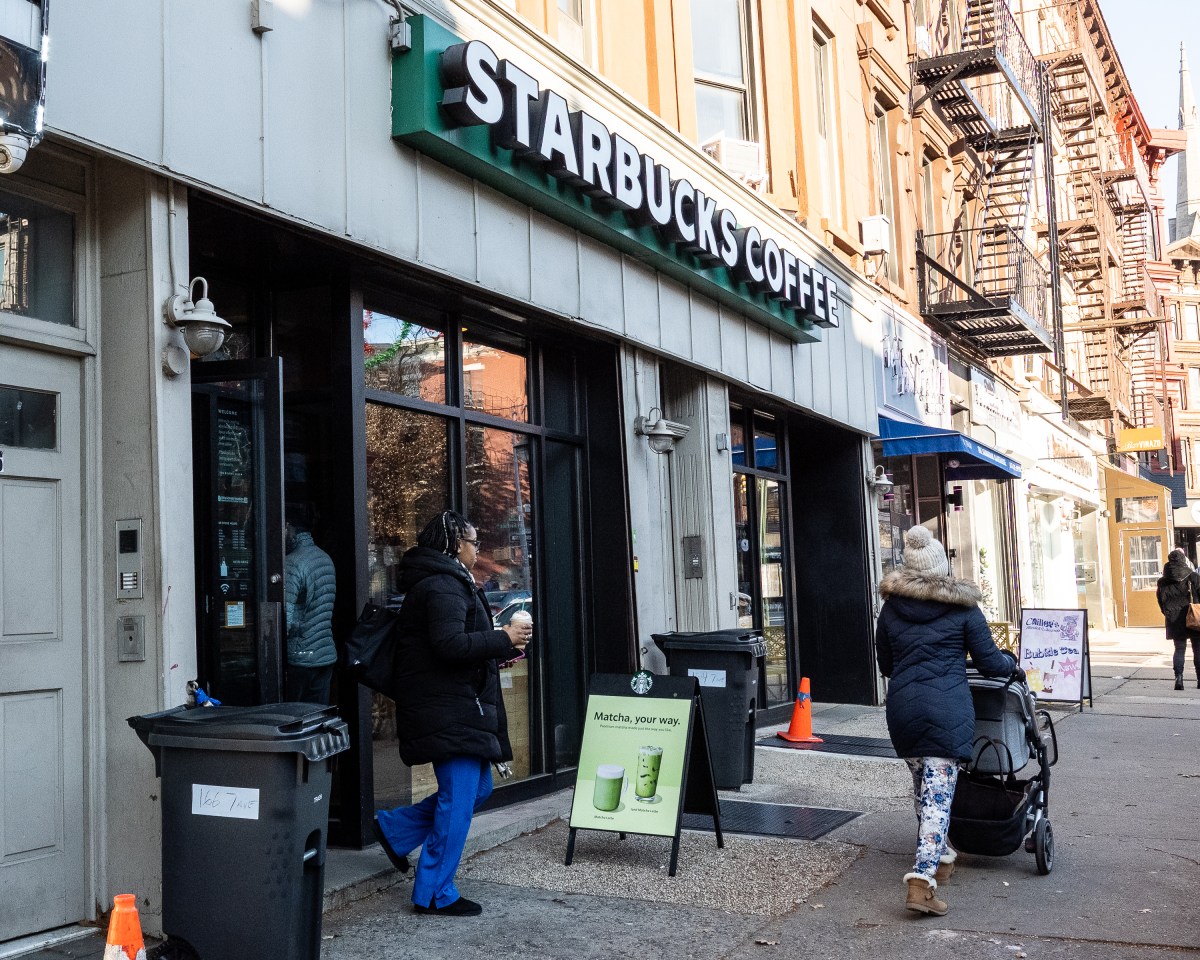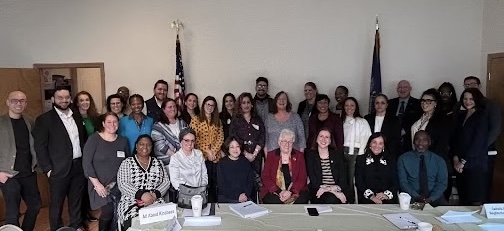The most vital citywide NYPD radio frequency went dark on Wednesday, yet another stage of the department’s ongoing radio encryption efforts. This move made it more difficult for press organizations to cover breaking news in New York City.
The NYPD encrypted much of what has put over the “Special Operations Division,” a citywide channel that guides numerous media organizations, reporters, and photographers to where major incidents are occurring. Except for three citywide channels and its transit feed, the NYPD began encrypting all of its radio traffic beginning in July 2023 in a campaign to purportedly “keep bad guys from hearing what they are doing.”
In addition, the citywide Highway Patrol radio frequency will soon go dark,” sources close to the situation told amNewYork Metro; the NYPD has not officially confirmed that information. Encrypting the Highway Patrol feed would deprive news organizations of real-time information on traffic incidents, including fatal crashes.
The NYPD has cited a number of cases in which criminals have used radios to commit crimes, and even some protestors who were able to breach communications with Chinese-made radios to interfere with police enforcement and taunt commanders.
However, police officials have yet to produce one instance of a member of the media using police frequencies to either interfere with police operations or to commit a crime. Editors, reporters and photographers in the Big Apple have been using police radios for more than 90 years to cover breaking news.
“The Special Operations Division (SOD) channel is an operational police channel, which is designed to maintain police communications to specialty units. Digital encryption is used to maintain the highest level of safety,” the NYPD said in a statement to amNewYork Metro. “Information is disseminated after a preliminary investigation is conducted and the crime classification is confirmed.”
As to whether new organizations will receive access or radios, the NYPD statement noted: “No, radios are not provided to some news organizations and not others.”
The change occurred just before 6 a.m. on Jan. 15, sending emergency service cops to the new “SOD Plus” frequency, making their activities secret to the public.
Most Manhattan and Queens precincts remain on the air and unencrypted, but officials privately say they are expected to go dark by the summer. Three citywide channels will remain open, but it is unclear how useful those frequencies will be to the press. The NYPD Transit Bureau radio feed will remain unencrypted because of technical issues transmitting in subways.
Legislative action near?
The New York Media Consortium, composed of eight press organizations and the News Guild, is supporting a bill in the state legislature entitled “Keep Police Radio Public Act” to prevent the NYPD and other police departments from blocking the press from accessing police radio amid encryption efforts.
State Sen. Michael Gianaris (D-Queens) sponsored the bill in the State Senate, where it passed last June, but a partner bill in the Assembly could not be passed before the end of the legislative session. Assemblymember Karines Reyes of the (D-Bronx) has promised to reintroduce the bill in the Assembly this year; it has already received several New York City-based sponsors.
Reyes recently expressed optimism in a WBAI radio interview that the bill could pass the assembly.
David Donovan, president of the New York State Broadcasters Association and member of the consortium, said access to police communications “is essential for broadcast journalists to provide life-saving information to the public.”
“Despite our efforts, NYPD has refused to engage in a serious discussion about allowing professional journalists to access basic police communications,” he said. “We understand concerns about the safety of police officers, who risk their lives every day. However, we are not the ‘bad’ guys.”
City Council Speaker Adrienne Adams’ office responded to the encryption in a statement, charging that the NYPD’s encryption efforts “without solutions to maintain transparency are needlessly undermining public health and safety by blocking the ability of first responders and journalists to receive critical information in real time.”
“The department must halt this counterproductive approach and instead engage with the key stakeholders in our city towards resolving this problem that could pose grave consequences for neighborhoods across the five boroughs,” Adams’ statement went on. “The Council is considering solutions to restore and maintain these important transparency protections for the health and safety of New Yorkers.”
‘Nobody will know it’s happening’
Meanwhile, the loss of radio access has angered news organizations, which are only now feeling the changes.
Oliya Scootercaster, owner of Freedom News Service, uses freelancers to scour the city for breaking news 24/7. She said the elimination of SOD traffic would make news gathering nearly impossible. Herr news service and others who prowl the night and provide footage for morning news channels and grist for publications.
“I don’t even know what to say this point – we knew this was coming, and what now, nobody will report on crime,” she said. “It will look like crime is down, but nobody will know it’s happening. All we will get is emails coming from the cops hours or days later, and that’s it, and as the reports are delayed, there is no longer a crime scene – nothing to see, and people will not see images of a crime..”

Mickey Osterriecher, chief counsel of the National Press Photographers Association, said it is incumbent upon large broadcasters and publishers to “step up and raise a stink.”
“Everyone relies on the freelancer, and the big stations don’t want to staff, and that is a good biz model,” he said. “They (editors and managers) are ones if anyone to prevail on local networks to say, ‘Guys, you gotta raise stink or we are not getting any of this.’ It will be interesting to see – I’d be amazed if they make a peep, and that’s sad. They don’t seem willing to do anything about anything.”
Bruce Cotler, president of the New York Press Photographers Association and a consortium member, said his group would work towards the passage of state legislation but would appeal to the City Council to take action.
“We need the rest of the media to step up and support our efforts both here in NYC and in the state legislature so that transparency is maintained,” Cotler said. “Losing a citywide frequency that tells us at least the basics of what is going on is a critical loss to all of the media and hampers our ability to do our jobs.”
Steve Gessmann, vice president of operations for Breaking News Network servicing media groups, private security firms and government agencies, says, “Secrecy from the news media threatens to damage the trust and goodwill that the NYPD is working so hard to maintain.”
“Breaking News Network (BNN), a company that has monitored police communications for 30 years has concerns about the new encryption scheme,” Gessmann said. “The inability to monitor these communications could delay news of threats, crimes, and other emergencies, possibly endangering the community at large.”
George Mitchell, recently retired after nearly 50 years on the streets of New York City and 35 years as a CBS News cameraman, called the loss of SOD and other police radio frequencies a ‘travesty.”
“We are totally in the dark and for no reason,” Mitchell said. “If they (NYPD) would at least give us a 15-minute delay like they did in Baltimore, it would help. But if we needed to listen on our phones, we’d need nine phones. We have a right to know in this country; every citizen has a right to know.”
Medical First Responders have no access
The SOD encryption followed recent revelations that emergency medical services, most volunteer ambulance and private ambulance groups no longer have access to police radio frequencies, delaying responses to medical emergencies and adding danger to medical response personnel.
These groups are shut out despite federal mandates established after 9/11 that called for “interoperability” between all first responders after many died in the World Trade Center terror attack.
The NYPD has signed a memorandum of understanding with the FDNY, granting them permission to access encrypted channels. However, this does not apply to volunteer groups or private ambulance corps.






































